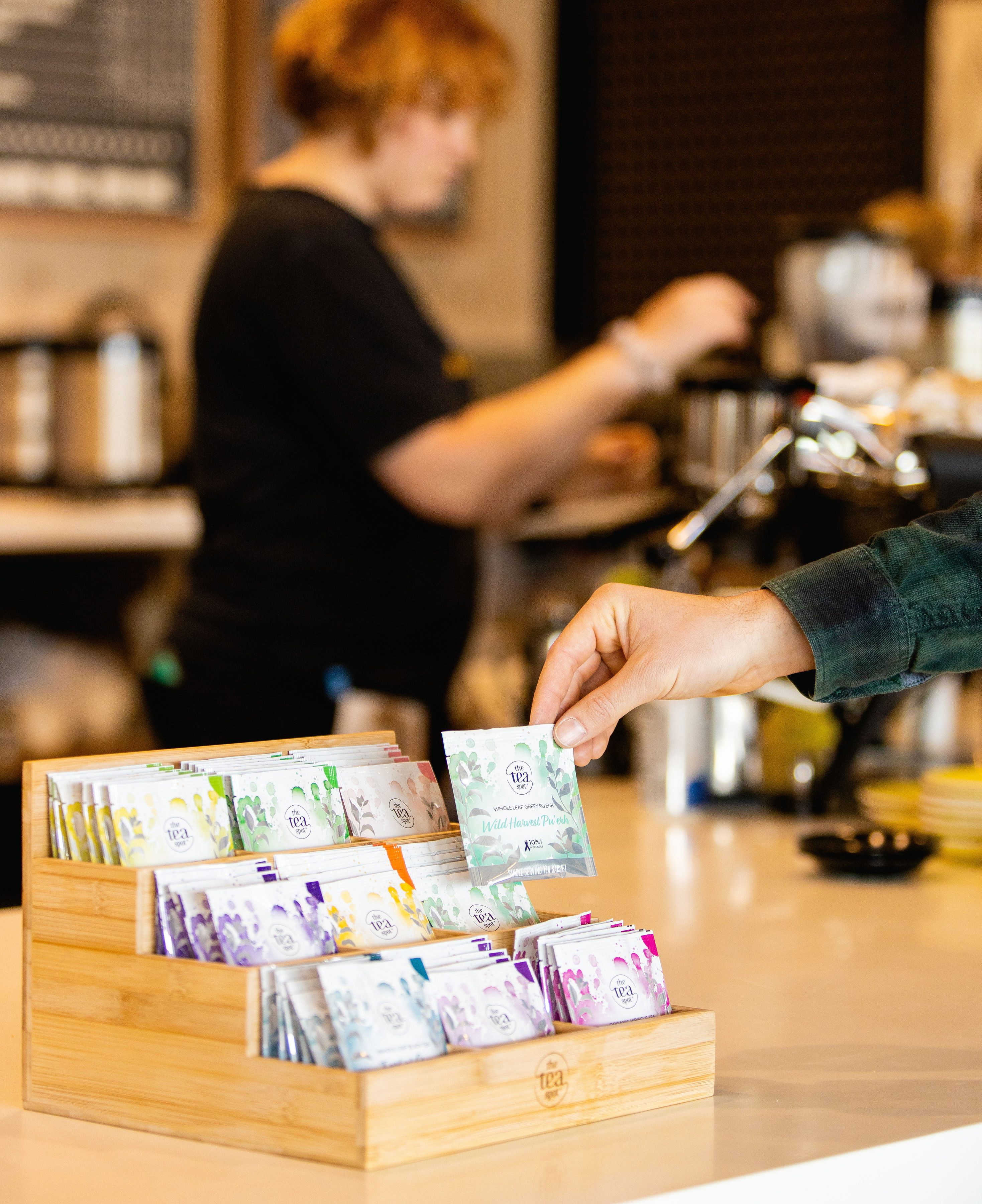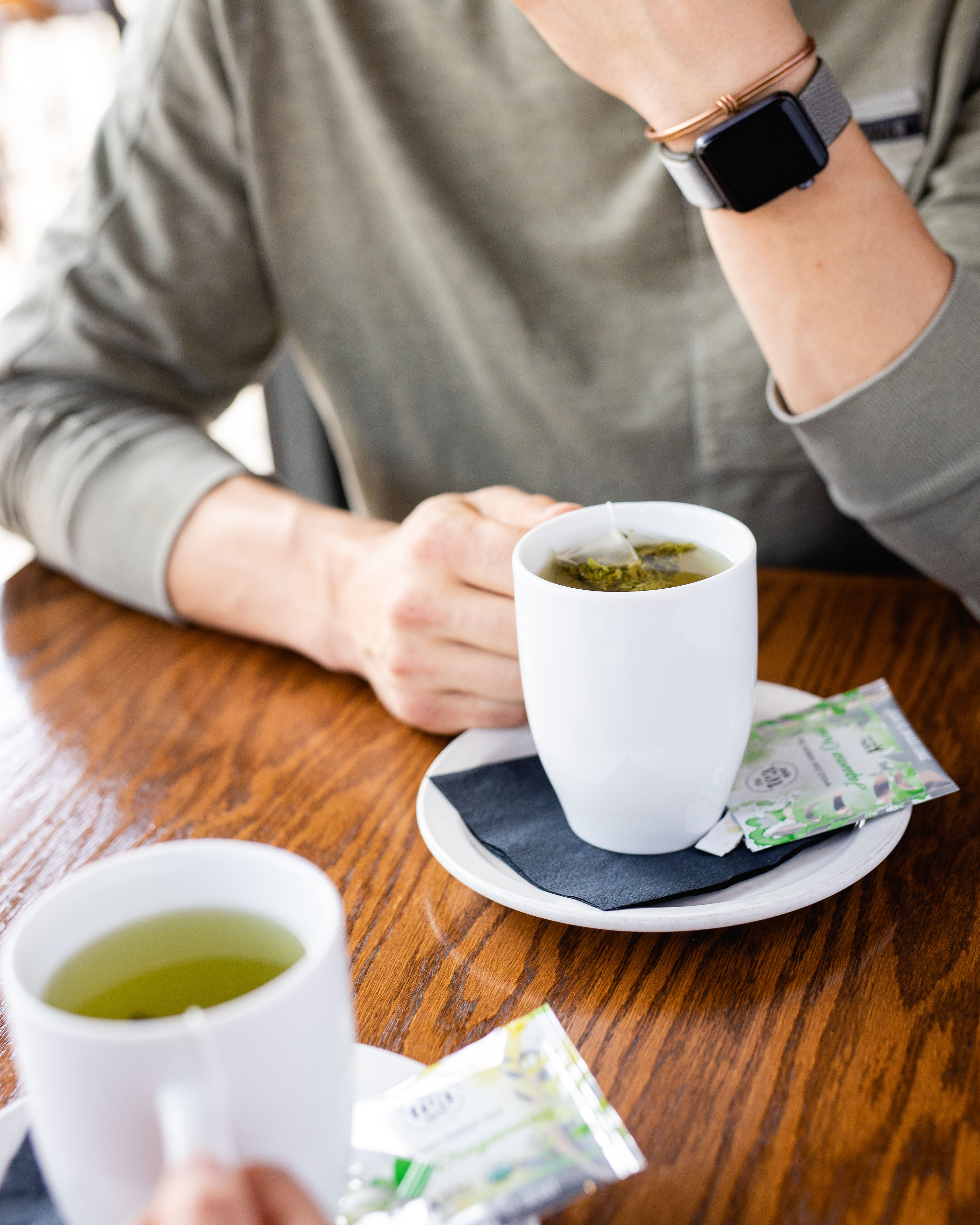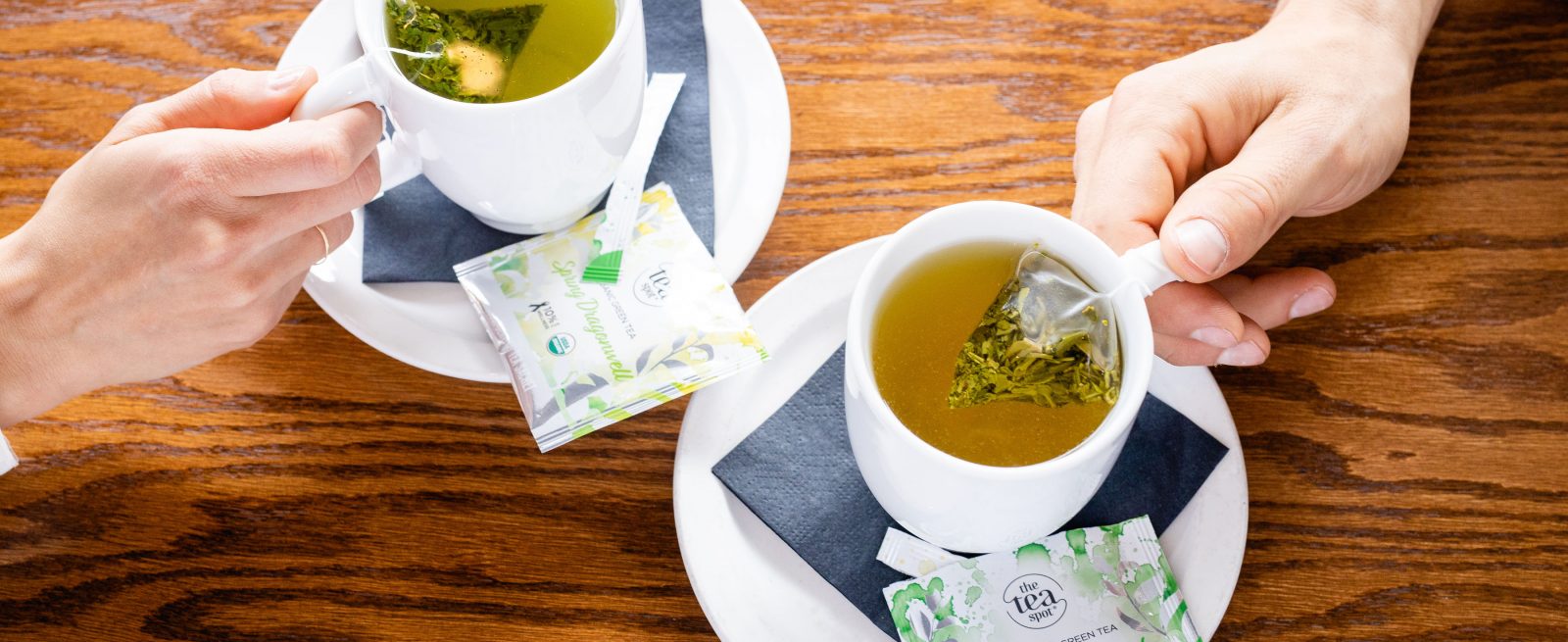Tea Is a Natural Complement to the Modern Foodie Experience
5 Min Read By Maria Uspenski
Restaurants, cafés and hotels are offering premium tea service – and profiting – in 2020.
Businesses in the restaurant, café and hotel sector are looking to elevate their tea game in 2020. Indeed, trendy third-wave cafés are no longer the only place where consumers can find stout, fermented teas that have been aged in caves or delicate high-quality tea leaves hand-worked to exude a natural fragrance reminiscent of tuberose.
The vast variety of premium tea options that are available today – combined with increasingly discerning consumer demand and strong business models for specialty tea – are driving the transformation of tea offerings in restaurants and foodservice establishments across North America.
The Trend Toward Premium Tea
The premiumization of tea is a natural extension to what has been taking place in fine wine, specialty coffee, craft spirits and beer over the past several decades. The success and momentum of these waves is now changing the face of specialty tea in restaurants, cafés and hotels. Really, wherever food and beverage has an intentional focus on quality and customer experience, fine tea has a rightful place – just like wine and craft beverages.
In fact, premium tea draws many parallels to wine, which restaurants and foodservices businesses can consider when examining the “leaf” more closely. For example, origin, terroir and the quality of crop/vintage, the importance of master crafting in production, and an appeal to fine-tuned sensory appreciation are all critically important to both wine and tea products. Thus, it only makes sense that fine teas make their way to the menus of restaurants and foodservice businesses, or in hotels, where quality is paramount.
An Alternative to Coffee, Carbonated Beverages and Alcohol
The many faces of tea offer numerous viable options for hotels, restaurants and cafés, as an exciting alternative to the most common beverages on menus – such as carbonated drinks, coffee or alcohol.

Think about your restaurant or café brewing up everything from pu’erh (that aged and fermented tea) to bulletproof turmeric tea lattes and CBD-infused teas. Likewise, cocktail bars can mix up soothing pre- or post-dining drinks in the form of cold-brewed sencha green tea martinis to CDB tea cocktails and mocktails. A restaurant could also offer whole leaf teas in the form of cold-brewed oolongs, which are well positioned as an alternative to sugared, carbonated beverages. These are just a few of the many options.
Of course, plant-based wellness also increases the appeal of tea as an ingredient in cuisine at a restaurant, as chefs and diners alike look for innovative ways to make food taste great and offer additional health benefits. Or, consider your customers waking up in your hotel to find a selection of functional energy-lifting teas at their fingertips, which make for a luxurious morning.
In the end, the same motivations that drive customers to make healthier choices at home exist when selecting a gourmet dish or beverage from a menu.
More Sophisticated Consumer Palates
Truly, tea is a natural complement to the modern foodie dining experience because healthy choices and taste matter. North American customers have now enjoyed more than a decade of premium tea availability in upscale grocery stores, so they now expect or seek out the same health benefits and taste experience at their favorite restaurants and cafes. Consumers’ palates are even becoming trained to differentiate quality whole leaf teas from dust and fannings, as evidenced by a healthy growth in the premium tea sector and shrinkage in low-end mass-market teas. In both North America and Europe, consumer tea festivals have been multiplying in number. These events offer extensive tastings, opening new tea horizons for the public.
Overall, today’s customers are expecting better flavor and quality in their teas at restaurants, cafés and hotels, as well as a more elevated tea service and presentation. Being offered a selection of low-end teabags alongside a metal teapot filled with tepid water at the conclusion of a fine dining experience no longer cuts it. Even in some less likely foodservice establishments, consumers are requesting premium tea, which our industry refers to as “specialty tea.”
Benefitting from a Product That Customers Seek
What is specialty tea? Specialty tea looks and tastes like an agricultural product – it’s handcrafted, grown and processed in small lots, and is identifiable as whole leaf tea. Commodity tea, on the other hand, is mass-produced, machine-made and looks like dust, as it’s generally made from the tea grades called “dust and fannings.” Whether the serving format is loose leaf tea, or a spacious pyramid tea bag, specialty tea is always whole leaf. Each specialty tea has a degree of authenticity and craft. It has a story of origin, terroir, tasting notes, even functional and energetic benefits. The realm of tea and herbs is vast. It’s got much broader diversity than coffee or wine.

People tend to come back for a great tea again and again, not only because it tasted good to them, but because tea is endowed with active compounds which can help us feel good, almost immediately, and we associate that good feeling with drinking tea.
If your restaurant, café or hotel business has not revisited its tea program in the last few years, then it might be missing out on a opportunity to reach new customers as well as increase profits. It’s worthwhile to explore the abundance of premium teas now available in North America, and to discover how your business can create a premium specialty tea program from the many direct-sourced and high-end options.
A High Profit Margin
Another surprise to many restaurateurs and foodservice providers is that premium tea yields far higher profits than just about any other beverage they can serve. The profit margin on tea service is upwards of 90 points. Product cost on a single serving of even the priciest tea rarely exceeds $0.30, whereas for coffee it begins at about $0.60 in product cost. The start-up cost for required equipment is also minimal because it doesn’t require any costly equipment.
When making the change to premium tea, remember that good quality water is critically important, as any impurities will be far more pronounced in a cup of tea than in an espresso. Take care with respect to making the best possible infusion of the tea leaves – bring out the subtleties and full potential of the tea with a simple formula of pure ingredients, proportion and the right timing for steeping.
Keeping things straightforward is the best way to start with premium tea at your establishment. Make a limited selection of three to six premium teas from your supplier, and make sure the tea types correlate to your current menu. Simply finding premium tea options which echo your offerings works well for transitioning current customers. As staff interest grows and your tea business increases, you can always add different origins and tea styles.
Overall, specialty tea is an ideal complement to the current trends in foodservice and hospitality, and the business opportunity for taking this step in 2020 is compelling.


